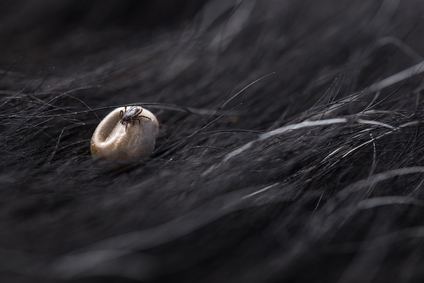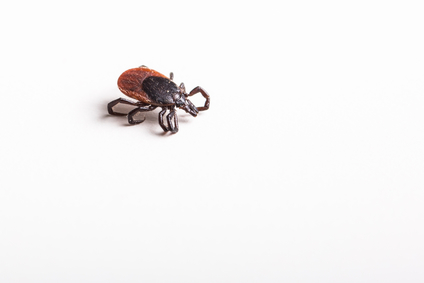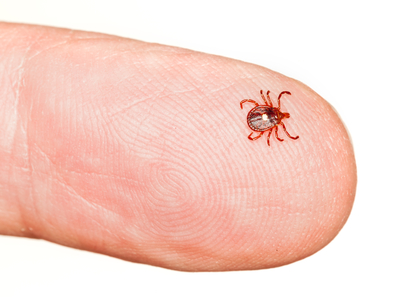Three Most Common Types of Ticks in Cheltenham, MD
- Esther M.
- Dec-24-2020
- Prince George's
Two words best describe ticks: dangerous bloodsuckers. These small arachnids, which happen to be between 3mm and 5mm long in their adulthood, live dangerous lives. They stay in the wild waiting for a host. They seek connection, unfortunately, this connection only favors them. To their host, it means blood extraction and the risk of disease.
90 species of ticks exist in the United States alone; 900 worldwide. The Pareto 80/20 principle holds true for these creatures. Only a few of the species are known to bite and infect their host with disease. Just three of these species may be found Maryland. They are the American dog tick, the black-legged tick, and the lone star tick.
The American Dog Tick

Although the name associates it with dogs, it also attacks other animals like cattle. Also known as wood tick, it is a member of the hard ticks. These are the ticks whose body structure is made up of a hard exterior body shield.
The biggest of North America’s common ticks, the American Dog Tick is brown with pointed mouthparts and can be distinguished by its decorated dorsal shield. The abdomen also features festoons around its edge.
Research has shown the dog tick to initiate questing behavior in high light intensity environments with low relative humidity. Their questing behavior is similar to the black-legged tick, as they will typically climb up grass or vegetation and outstretch their legs waiting for an animal to pass by. The American Dog Tick feeds on small animals such as rats and mice in its early stages, but adults are attracted to larger animals. Despite its name, the American Dog Tick is also a threat to humans because of the pathogens it carries. Adult females are most likely to bite humans. This tick can transmit Rocky Mountain spotted fever, Ehrlichiosis and Tularemia to its human hosts, causing serious illness. Read more from TickLab…
The Black-legged Tick

The black-legged tick is also known as the deer tick. It is famous for spreading the well-known Lyme disease. It also has the name “deer tick” because it is commonly found on the white-tail deer. Here are a few facts about them:
Possibly the most common, the deer tick, or black-legged tick, is responsible for spreading Lyme disease among other diseases to both humans and animals. Unlike a few of the other species, the deer tick is present during the spring, summer, and fall seasons, increasing the chances of being bit. On that subject, another lovely fact about the deer tick is that both young and adult ticks will bite. Approximately the size of a sesame seed when fully grown, these predators are hard to spot outdoors. Read more from AllGreenWorld…
The Lone Star Tick

Did you know that a bite from the lone star tick can lead to an allergic reaction to red meat? This happens even though red meat allergy is not common. Also although the Lone star has the bacterium that causes Lyme disease, it is not able to infect its host with it. Here are a few more facts about the Lone star tick:
Like deer ticks, lone star ticks favor brushy cover in hedges and over-grown fields and forests with lots of understory. The larval, nymph and adult stages of the tick all need to feed on blood to develop to their next stage of life. While deer ticks heavily favor mice and white-tailed deer for their blood meals, lone star ticks are willing to take their blood anywhere they can find it, including dogs and cats.
Once attached, they can feed as long as eight to ten days on humans, and the bite is not painful so you may not notice the tick if it is in a hidden crevice. Once an adult female has fed, she lays up to 5,000 eggs on the ground and dies.
Lone star ticks are nearly round in shape, with the female having a prominent white dot or star on her shield. Read more from Harpswell Heritage…
To prevent any tick infestation, you should constantly be on the lookout, especially after a long walk in the woods. You should also make it a habit to check your pets for any bites, especially dogs. This is in areas like the ears, as ticks like hidden warm areas.
In the event your Cheltenham home is experiencing a tick infestation, you should call the professionals. They have the equipment to make sure the ticks are out of your home while keeping your house safe. The best tick control company in Maryland is Backyard Bug Patrol. We always give the best. Call us today!
